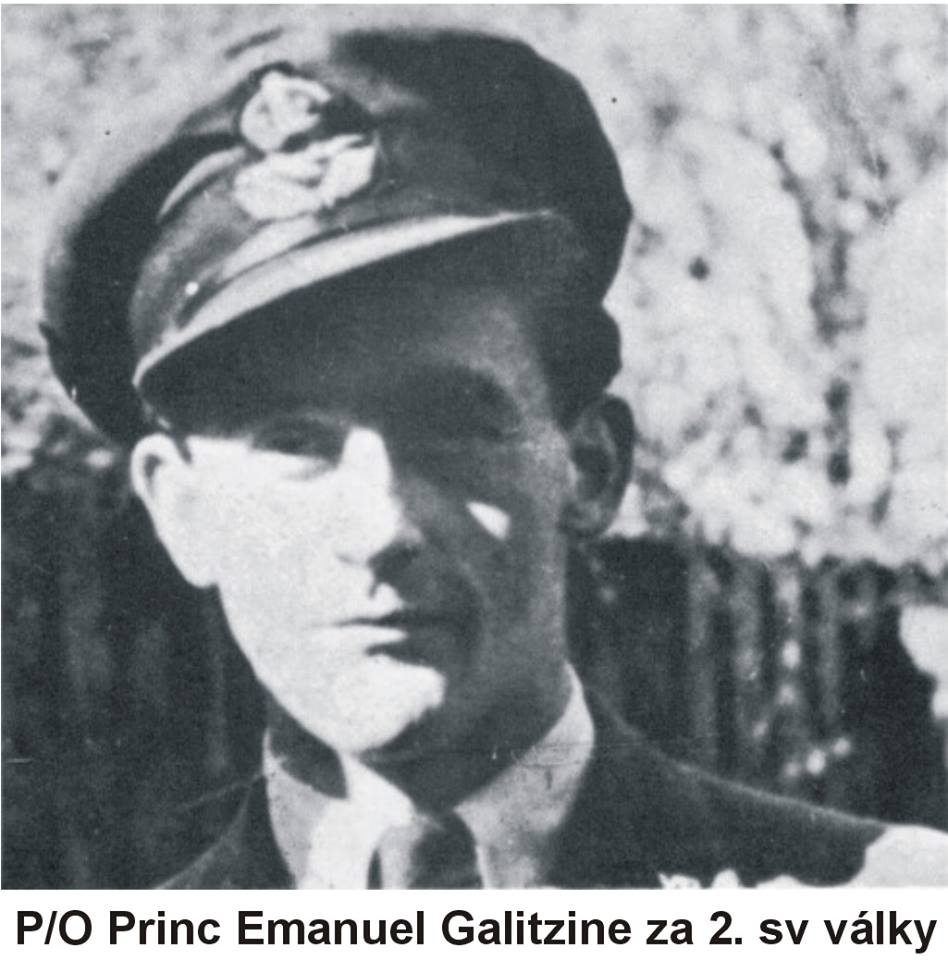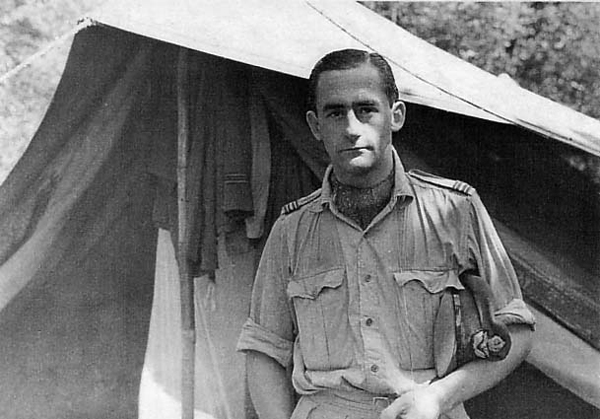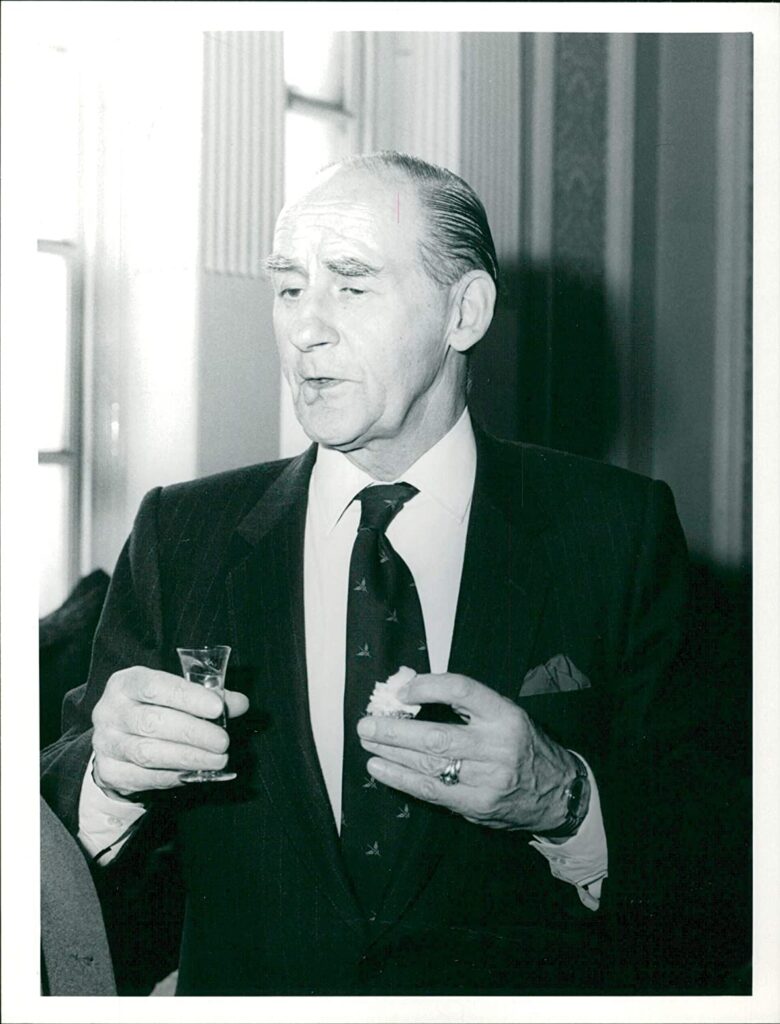PRINCE EMANUEL GALATZINE
Among all the upper-class personalities in the wartime RAF, Prince Emanuel Galitzine occupies a place of his own. A Russian emigrant, he was no less than a great-grandson of Emperor Paul I, himself a son of Catherine the Great. His mother was a daughter of Duke George Alexander of Mecklenburg-Strelitz. Galitzine was born in the declining tsarist Russia in 1918, but soon the Bolshevik revolution forced his family to escape – under the most dramatic circumstances.
They settled in London, where Emanuel received the best of educations. Having reached the age of 21 at the outbreak of war, Galitzine began to dream of flying with the RAF. Before he made his final decision to enlist, the Soviet attack on Finland in 1940 made him convinced that he must fight the Communists who had dispossessed his family.
Having been accepted by the Finnish Air Force, he was just settling in when Mannerheim, the inspirational Finnish leader and an old friend of Galitzine’s father, told him that his mother had been killed in the London Blitz.
His return to England was an odyssey. First sent with a Finnish passport to Boston, he was refused entry to Britain. Then he went to Canada, where he was again refused help. So he signed on as an ordinary seaman with a shipping line across the Atlantic and reached Scotland, where he was promptly arrested on suspicion of being a spy. Not before Galitzine’s father who was working for British intelligence learned about his fate was he cleared. The way was finally clear for him to be commissioned into the RAFVR. He was posted in November 1941 to No. 504 Squadron in Northern Ireland.
In due course, F/O Galitzine was posted to the experimental Special Service Flight in Northolt. Disguised under this name was an experimental unit aimed at countering the threat of German pressurized high-altitude Ju 86P bombers which began to operate over Britain. The available Spitfires Mk. VI had inadequate ceiling to counter the Germans operating at altitudes in excess of 40,000 feet. The improved high-altitude Spitfire Mk. VII was not yet ready for production.
This unit received a pair of then-new Spitfires Mk. IX of the batch of Mk. Vc airframes converted to the new mark by Rolls-Royce at Hucknall. These aircraft obviously did not have pressurized cockpits, but the performance of Merlin 61 looked promising, so it was decided to convert them for high-altitude duties. The aircraft were stripped of everything not required for the role of high-level interception, lightening them by 450 lb each. Machine guns were deleted, leaving only cannon armament. The aircraft were repainted with, according to Galitzine, “special light-weight paint”.
On 12 September 1942, BS273 flown by Galitzine successfully intercepted a Ju 86R above Southampton at 41,000 ft. The ensuing battle went up to 43,000 ft and was the highest recorded air combat of the war. Unfortunately, Galitzine could only barely use his armament; his port cannon froze solid and, whenever he fired a burst with the remaining starboard cannon, the aircraft fell out of the sky or became engulfed in an excessive vapour trail of the shells which completely obscured the target. The German bomber escaped safely with just one hit to its port wing, but having proven to be vulnerable to the RAF at high altitudes, the Luftwaffe launched no further high-altitude attacks against England.
Galitzine’s career continued and he always flew Spitfires until the end of the war. However, he always recalled the BS273 as the sweetest of them to fly.
Editor’s Note: Galitzine joined 601 Squadron after the war – more on that to come.



